The 1918-1919 Greater Poland Uprising Museum is currently under construction in Poznań, Poland, near the historic St. Adalbert’s Hill and its over 800-year-old church. This new museum, designed by the WXCA architectural studio, aims to honor the patriotic uprising and victory of the people of Greater Poland. Once completed, it will become a central cultural and historical destination, offering both residents and visitors a contemporary public space that is deeply rooted in memory and collective heritage. Construction officially began in early 2024, with the museum’s inauguration expected in 2026.
WXCA, an architectural design studio known for its public utility projects such as the Palmiry Memorial Museum, the Polish History Museum, and the Polish Army Museum in Warsaw, is behind the design of the 1918-1919 Greater Poland Uprising Museum. WXCA architects won the 2019 competition for the museum’s architectural and urban concept, impressing the jury with their proposal to integrate a public space for Poznań’s residents within the museum itself, all while respecting the site’s historical spatial context.
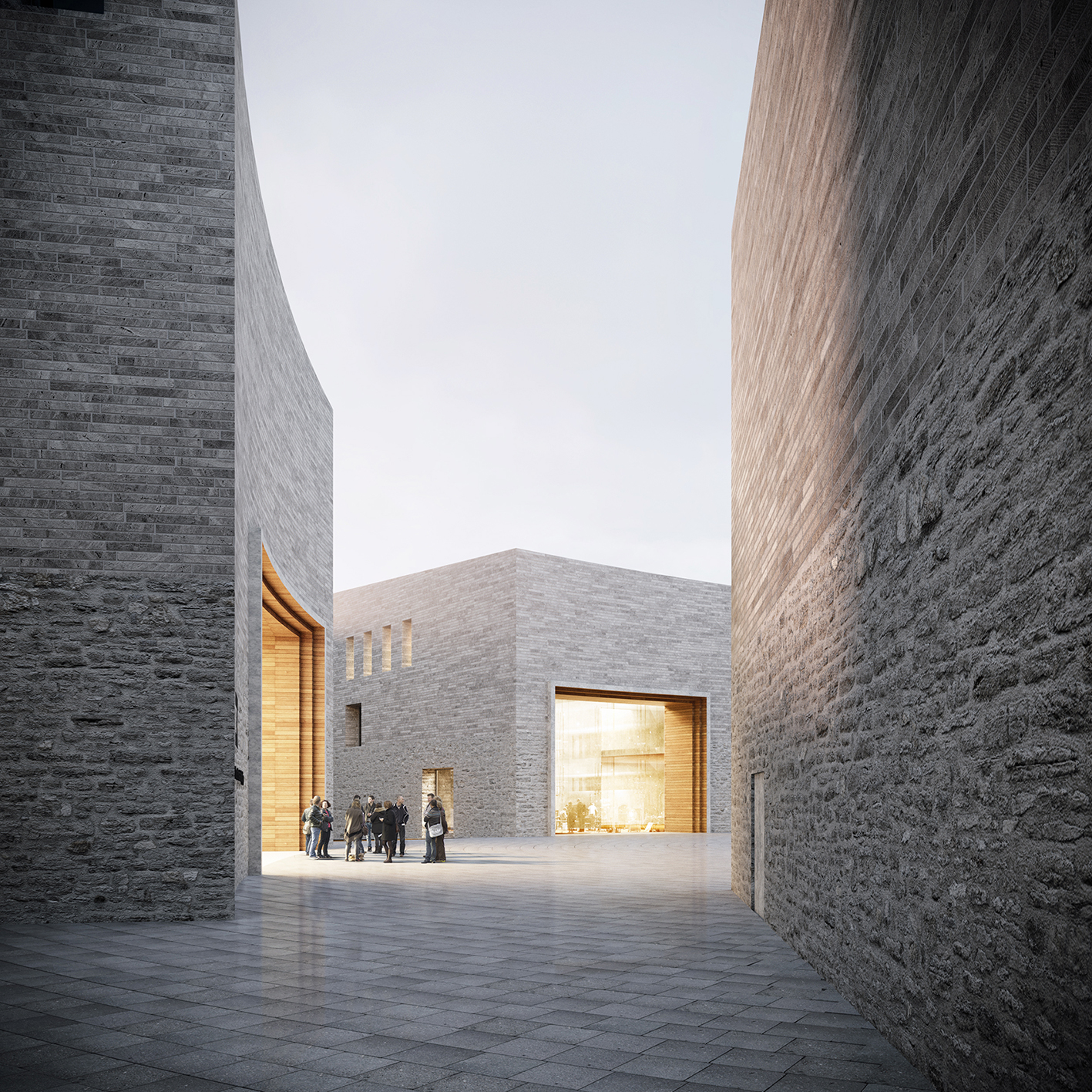
A Museum Around an Urban Agora
At the heart of WXCA’s architectural vision lies the conviction that a modern museum should not only be a place of historical narration but also a platform for active dialogue–a space fostering new social interactions and relationships. Thus, a public square, surrounded by four pavilion-like museum buildings of varying sizes, anchors the design.
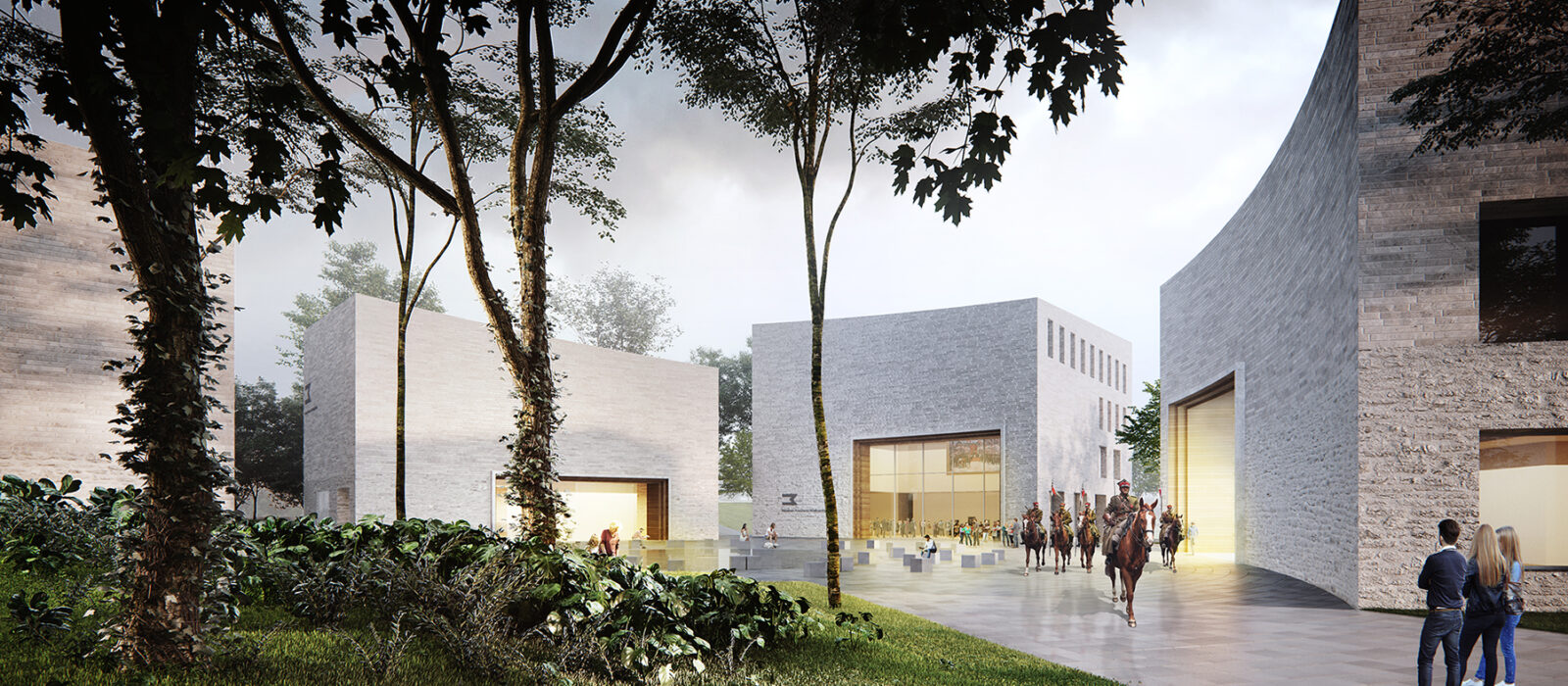
“The proposed spatial arrangement is a tribute to the origins of our nation, to the fortified settlements and villages where the first communities came together,” describes architect Adam Mierzwa, co-author of the project.
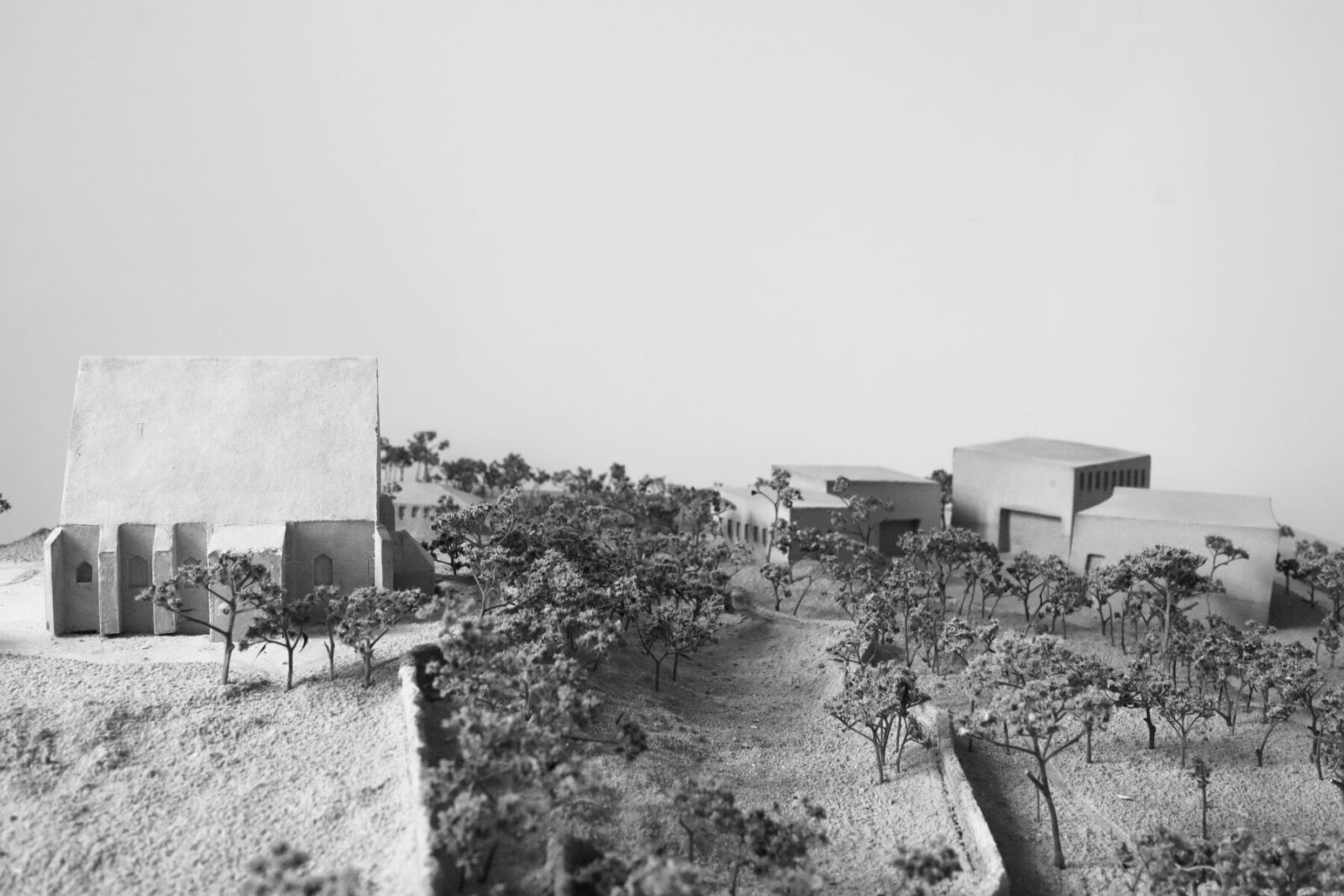
This museum, with its circular, open space at the core, is intended both as a place of remembrance for the significant victory of the Greater Poland Uprising–achieved through collective effort–and as a forum for democratic exchange for the contemporary residents of Poznań.
A Legacy Interwoven with Modernity
WXCA’s competition-winning design was praised for its bold yet contextually sensitive approach to harmonising the museum’s presence with its invaluable material and cultural heritage: St Adalber’s Hill and the Gothic church with a tradition spanning over 800 years. The architects aimed to create a new quality on the site of the planned 1918-1919 Greater Poland Uprising Museum that synergizes with the historic urban fabric rather than competing with it. The urban layout of four smaller independent functional blocks connected by an underground section ensures the prominence of sight and communication axes, showcasing the historical landscape of St Adalbert’s Hill. This fragmentation of the museum’s structure preserves a larger green space and accentuates the church’s role as a tangible witness to history.
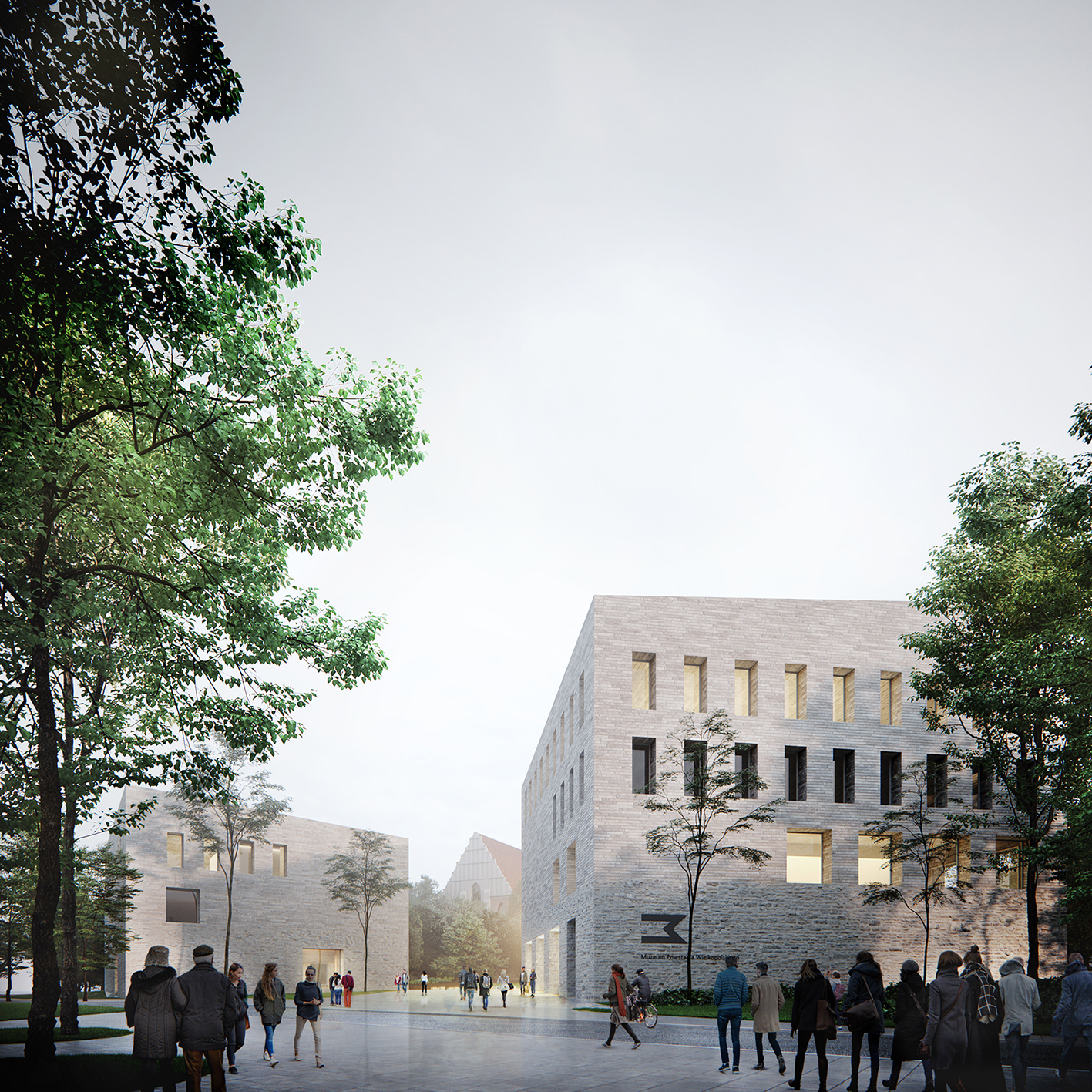
Reflecting on contemporary values grounded in the resilience of historical foundations, the museum’s architecture and the tactile qualities of the material choices embody this duality. The exterior will be clad in stone, while the lower sections will be lined in rough stone reminiscent of the earliest architectural forms on Polish land. In the higher sections, the texture will change to feature smooth-cut stone, symbolising a transition to the present. The sloped roofs, envisioned as a “fifth façade”, vary in height and inclination, amplifying views towards the hill. At ground level, the architects have proposed expansive glazing, thus “inviting” the city into the museum and the museum out into the public square.
A Multi-functional Cultural Centre
Inside the functional blocks and the subterranean level, the museum will encompass spaces for permanent and temporary exhibitions, an auditorium, library, conservation rooms, technical facilities, and workspaces for staff. The central square, seamlessly connected to the surrounding public spaces, will be adaptable for various activities. On a daily basis, it can serve as a relaxing retreat for guests and staff alike, extending the main hall into the conference room foyer with its dining area, or into the temporary exhibition foyer.
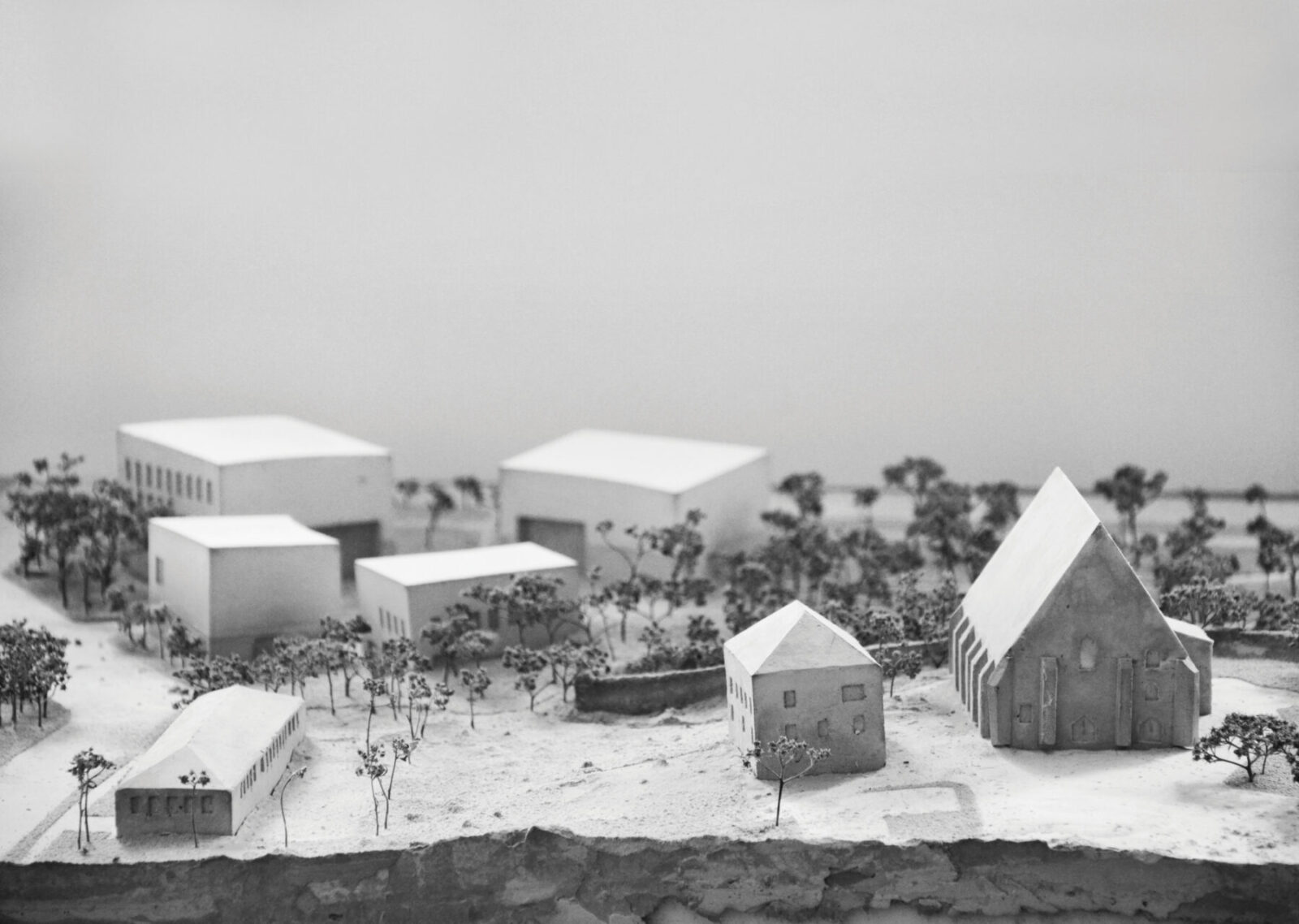
A water mist installation at its centre will add a visual allure, creating a “water image” and enhancing the space’s ambiance, conducive to rest and relaxation. This square will be ideal for hosting lectures, concerts, and gatherings, with its circular layout allowing the audience to assemble around a central stage. Even in winter, the space can offer numerous attractions, including the option of being transformed into an ice-skating rink, continuing the 50-year tradition beloved by locals.
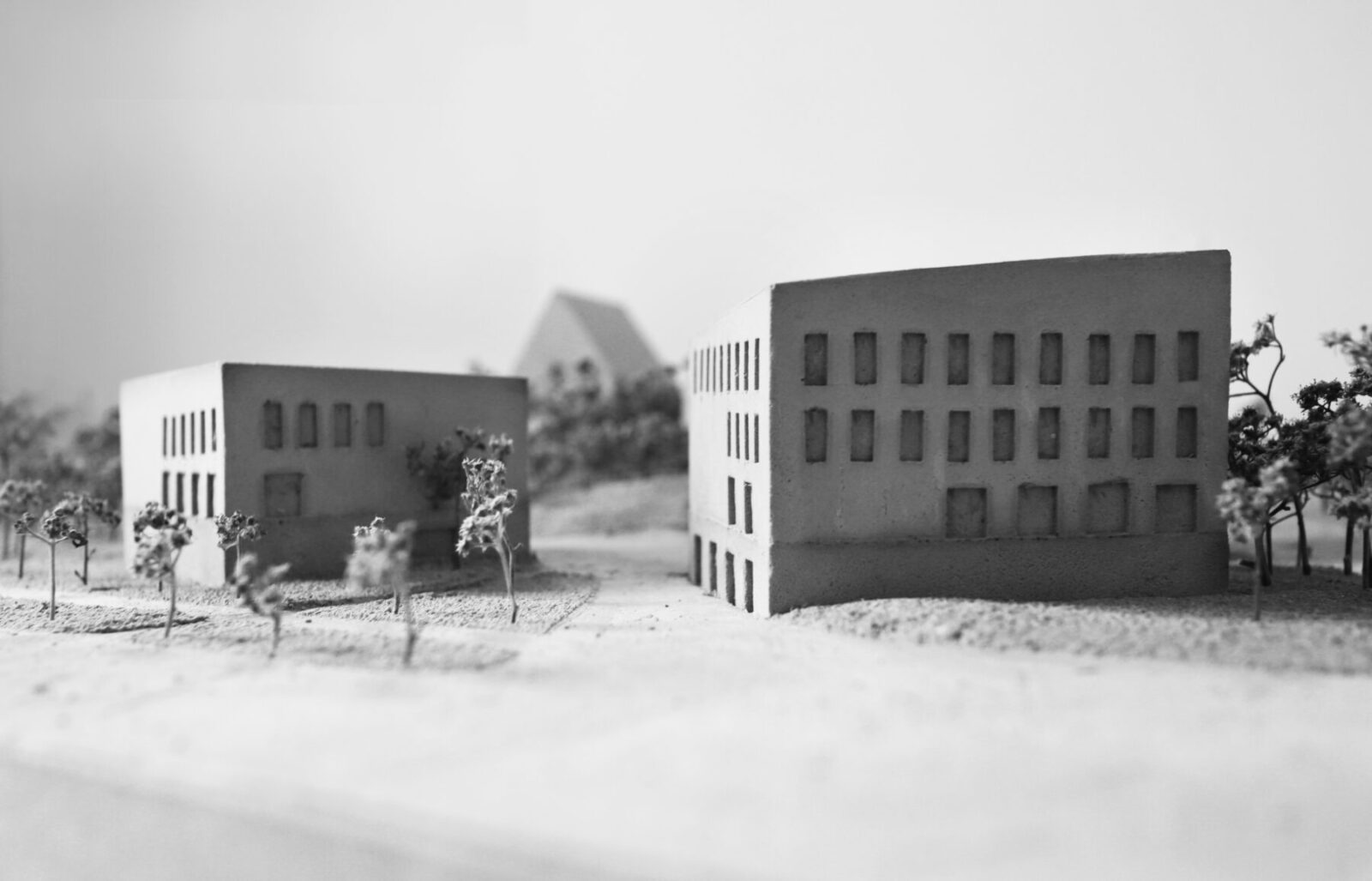
The museum design also envisions a community park, preserving as much of the existing tree canopy as possible, offering Poznań’s residents a verdant retreat.
“As with any complex public-use facility project of this kind, we had to balance diverse functions and needs, all while remaining mindful of the site’s context and the museum’s core mission,” reflects WXCA architect Szczepan Wroński.
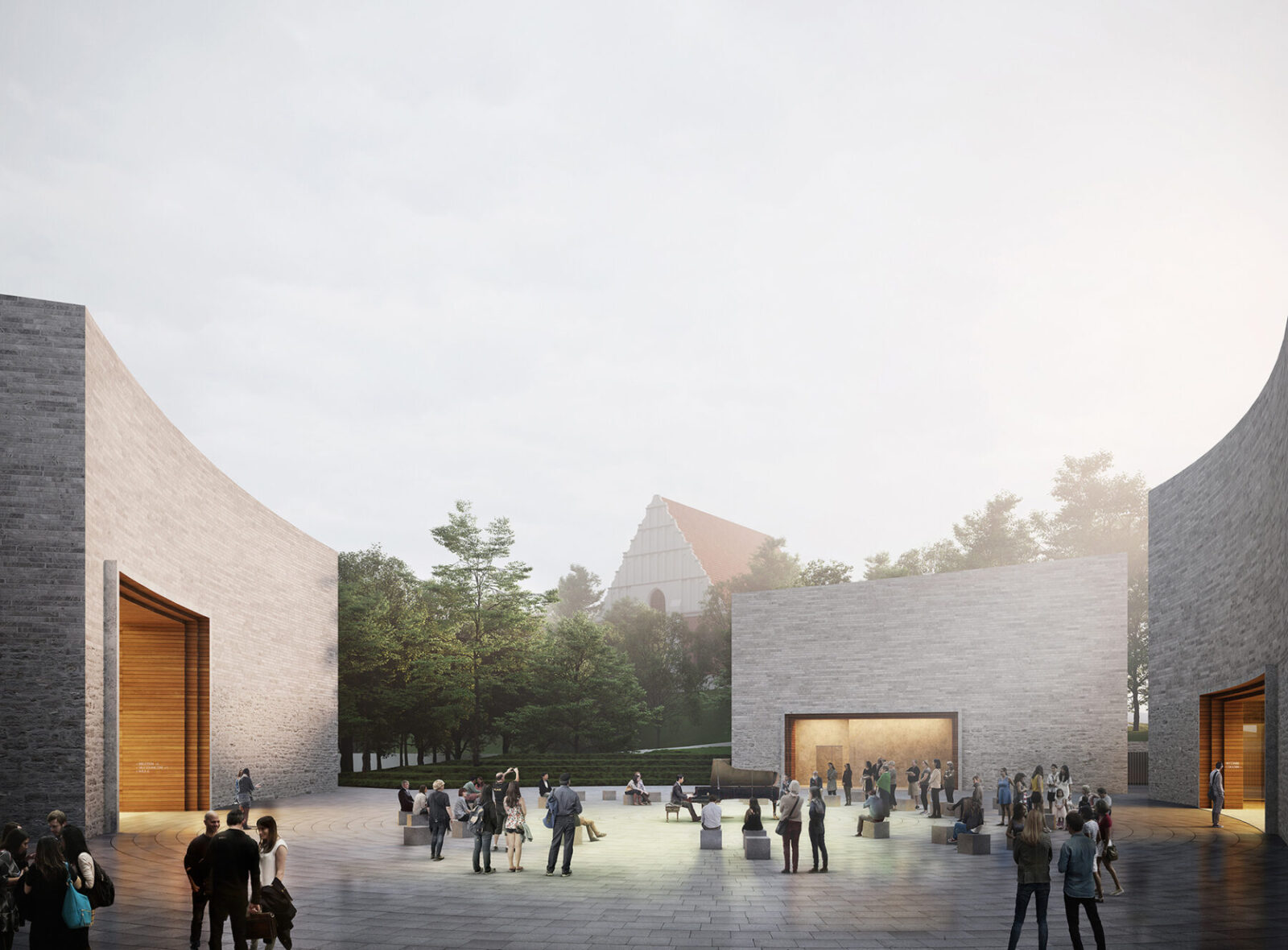
About WXCA
WXCA is an interdisciplinary architectural and urban design studio specializing in projects of public spaces and public utility facilities, with a focus on cultural and art institutions. The studio was nominated for the Mies van der Rohe Award for its designs of the Memorial Museum in Palmiry and the European Centre for Geological Education in Chęciny. WXCA was also responsible for the design of the renowned Poland Pavilion at the Expo 2020 in Dubai and the Museum Complex in Warsaw housing the Polish History Museum and the Polish Army Museum. In 2023 WXCA won the international architecture and urban design competition for the reconstruction concept of the royal Saxon Palace in Warsaw that was destroyed during the Second World War.
Facts & Credits
Project title: 1918-1919 Greater Poland Uprising Museum in Poznań
Project type: Museum architecture | Competition
Architecture: WXCA
Project team: Szczepan Wroński, Marta Sękulska-Wrońska, Małgorzata Dembowska, Krzysztof Moskała, Aleksandra Adamczyk, Paweł Grodzicki, Adam Mierzwa, Piotr Łosek, Agnieszka Radziszewska, Angelika Drozd, Elżbieta Leoniewska, Zuzanna Wodowska, Maria Mainardi, Izabela Rendzner
Project location: Poznań, Poland
Design competition: 2019
Construction: 2024-2026
READ ALSO: KKMK Architects’ new office | A space of simplicity, collaboration, and cultural depth